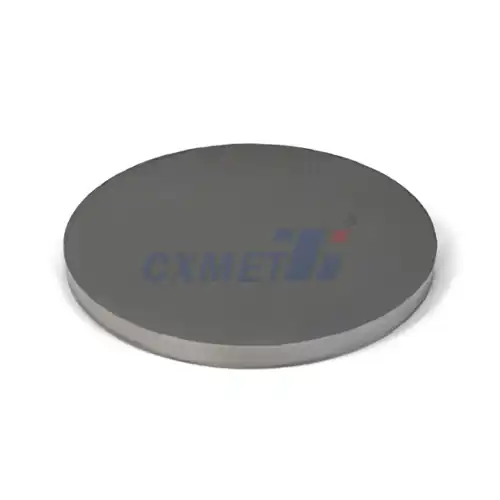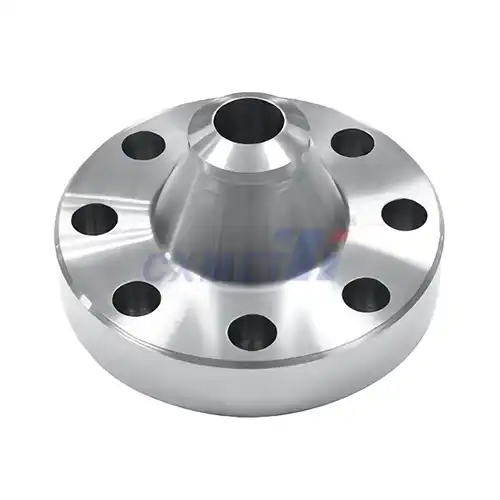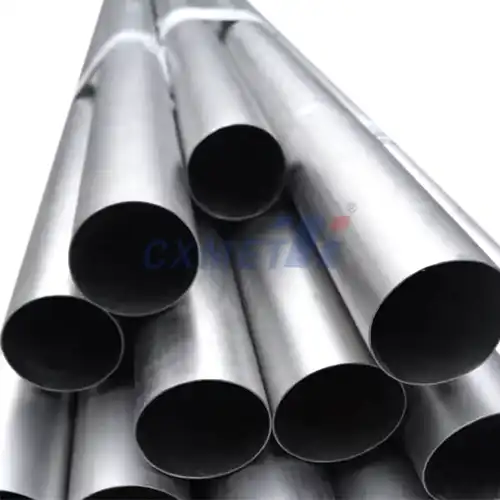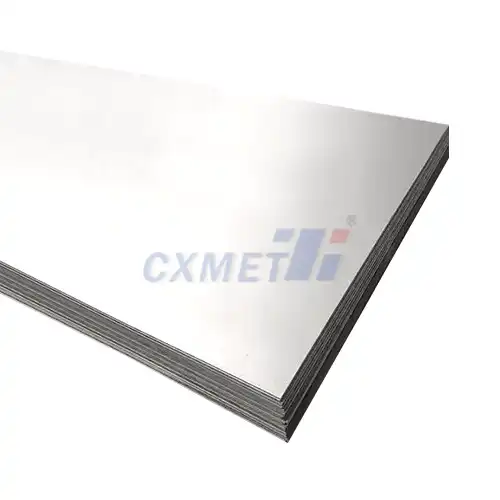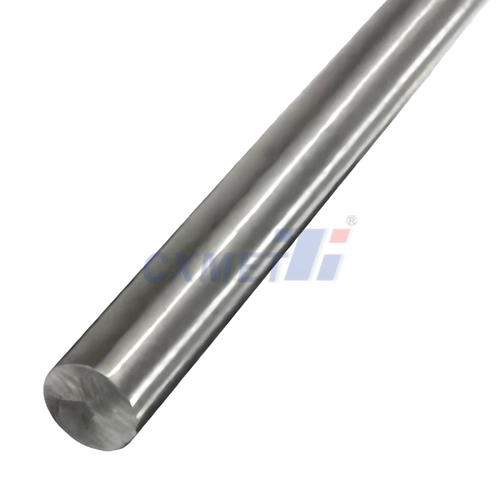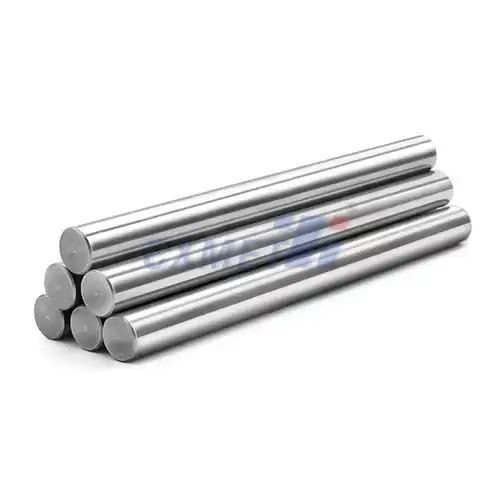- English
- French
- German
- Portuguese
- Spanish
- Russian
- Japanese
- Korean
- Arabic
- Greek
- German
- Turkish
- Italian
- Danish
- Romanian
- Indonesian
- Czech
- Afrikaans
- Swedish
- Polish
- Basque
- Catalan
- Esperanto
- Hindi
- Lao
- Albanian
- Amharic
- Armenian
- Azerbaijani
- Belarusian
- Bengali
- Bosnian
- Bulgarian
- Cebuano
- Chichewa
- Corsican
- Croatian
- Dutch
- Estonian
- Filipino
- Finnish
- Frisian
- Galician
- Georgian
- Gujarati
- Haitian
- Hausa
- Hawaiian
- Hebrew
- Hmong
- Hungarian
- Icelandic
- Igbo
- Javanese
- Kannada
- Kazakh
- Khmer
- Kurdish
- Kyrgyz
- Latin
- Latvian
- Lithuanian
- Luxembou..
- Macedonian
- Malagasy
- Malay
- Malayalam
- Maltese
- Maori
- Marathi
- Mongolian
- Burmese
- Nepali
- Norwegian
- Pashto
- Persian
- Punjabi
- Serbian
- Sesotho
- Sinhala
- Slovak
- Slovenian
- Somali
- Samoan
- Scots Gaelic
- Shona
- Sindhi
- Sundanese
- Swahili
- Tajik
- Tamil
- Telugu
- Thai
- Ukrainian
- Urdu
- Uzbek
- Vietnamese
- Welsh
- Xhosa
- Yiddish
- Yoruba
- Zulu
How are ASTM B338 Titanium Tubes Tested?
2024-10-09 17:49:03
ASTM B338 Titanium Tubes are crucial components in various industries, including aerospace, chemical processing, and medical implants. These tubes are known for their excellent corrosion resistance, high strength-to-weight ratio, and biocompatibility. To ensure their quality and performance, ASTM B338 Titanium Tubes undergo rigorous testing procedures. This blog post will delve into the various testing methods employed to verify the integrity and properties of these critical components.
What are the key mechanical properties tested in ASTM B338 Titanium Tubes?
Mechanical properties are fundamental in determining the performance and reliability of ASTM B338 Titanium Tubes. These properties are tested through various standardized procedures to ensure that the tubes meet the required specifications for their intended applications.
One of the primary mechanical tests conducted on ASTM B338 Titanium Tubes is the tensile test. This test measures the tube's strength and ductility by subjecting it to a controlled tensile load until failure occurs. The key parameters obtained from this test include:
1. Ultimate Tensile Strength (UTS): This is the maximum stress that the material can withstand before fracture. ASTM B338 Titanium Tubes typically exhibit high UTS values, which contribute to their excellent load-bearing capabilities.
2. Yield Strength: This represents the stress at which the material begins to deform plastically. The high yield strength of titanium tubes ensures that they maintain their shape and integrity under normal operating conditions.
3. Elongation: This measures the ductility of the material, indicating how much the tube can stretch before breaking. ASTM B338 Titanium Tubes generally show good elongation properties, allowing for some flexibility in design and application.
Another crucial mechanical test is the flattening test. In this procedure, a section of the tube is flattened between two parallel plates. The test evaluates the tube's ability to withstand flattening without cracking or showing other signs of failure. This test is particularly important for assessing the tube's formability and resistance to localized stress.
Hardness testing is also performed on ASTM B338 Titanium Tubes. Methods such as Rockwell hardness testing or Vickers hardness testing are employed to measure the material's resistance to indentation. The hardness values obtained provide insights into the tube's wear resistance and overall strength.
How does chemical composition analysis ensure the quality of ASTM B338 Titanium Tubes?
Chemical composition analysis plays a crucial role in ensuring the quality and performance of ASTM B338 Titanium Tubes. The precise chemical makeup of these tubes directly influences their mechanical properties, corrosion resistance, and overall behavior in various environments. Therefore, rigorous chemical analysis is conducted to verify that the titanium tubes meet the stringent compositional requirements outlined in the ASTM B338 standard.
The primary method used for chemical composition analysis of ASTM B338 Titanium Tubes is typically optical emission spectroscopy (OES). This technique provides a rapid and accurate determination of the elemental composition of the titanium alloy. In OES, a small sample of the tube material is vaporized using an electric arc or spark. The excited atoms in the vapor emit light at characteristic wavelengths, which are then analyzed to determine the concentration of each element present in the sample.
Key elements that are carefully monitored in the chemical analysis of ASTM B338 Titanium Tubes include:
1. Titanium (Ti): As the primary element, titanium content is crucial in determining the overall properties of the tube. The exact percentage can vary depending on the specific grade of titanium being used.
2. Iron (Fe): The iron content is strictly controlled as it can affect the corrosion resistance and mechanical properties of the titanium tubes.
3. Carbon (C): Carbon levels are kept low to maintain the desired ductility and formability of the tubes.
4. Oxygen (O): Oxygen content is critical as it significantly influences the strength and ductility of the titanium tubes.
5. Nitrogen (N): Like oxygen, nitrogen content is carefully controlled due to its impact on mechanical properties.
6. Hydrogen (H): Hydrogen levels are kept extremely low to prevent embrittlement of the titanium tubes.
Other elements such as aluminum, vanadium, palladium, or ruthenium may also be present in certain titanium grades and are analyzed accordingly.
In addition to OES, other analytical techniques may be employed for more detailed or specific analyses. These can include:
- Inductively Coupled Plasma (ICP) spectroscopy for trace element analysis
- X-ray Fluorescence (XRF) spectroscopy for non-destructive elemental analysis
- Combustion analysis for precise determination of carbon, sulfur, oxygen, and nitrogen content
- Inert gas fusion techniques for accurate measurement of hydrogen content
The chemical composition analysis not only verifies compliance with ASTM B338 specifications but also serves as a quality control measure throughout the manufacturing process. By ensuring consistent chemical composition, manufacturers can maintain uniform properties across different production batches of titanium tubes.
Moreover, the chemical analysis results are often used in conjunction with mechanical testing data to establish correlations between composition and performance. This information is valuable for ongoing product development and optimization of manufacturing processes.
It's important to note that ASTM B338 specifies different chemical composition requirements for each grade of titanium tube. For example:
- Grade 1 titanium tubes have the highest purity and are known for their excellent formability and moderate strength.
- Grade 2 titanium tubes offer a balance between strength and ductility and are widely used in various applications.
- Grade 3 titanium tubes have slightly higher strength than Grade 2 due to higher oxygen content.
- Grade 4 titanium tubes offer the highest strength among the unalloyed grades, achieved through controlled additions of oxygen and iron.
By adhering to these precise chemical composition requirements, manufacturers ensure that ASTM B338 Titanium Tubes possess the intended properties for their specific applications, whether it's in aerospace components, chemical processing equipment, or medical implants.
What non-destructive testing methods are used for ASTM B338 Titanium Tubes?
Non-destructive testing (NDT) methods are essential in the quality assurance process for ASTM B338 Titanium Tubes. These techniques allow for thorough inspection and evaluation of the tubes without compromising their integrity or functionality. NDT methods are particularly valuable as they enable 100% inspection of production runs, ensuring consistent quality across all manufactured tubes.
Several non-destructive testing methods are employed for ASTM B338 Titanium Tubes, each designed to detect specific types of defects or irregularities. The most commonly used NDT techniques include:
1. Ultrasonic Testing (UT):
Ultrasonic testing is widely used for detecting internal defects in ASTM B338 Titanium Tubes. This method involves sending high-frequency sound waves through the tube wall and analyzing the reflected signals. UT can detect flaws such as:
- Cracks
- Inclusions
- Laminations
- Wall thickness variations
Advanced ultrasonic techniques, such as phased array ultrasonic testing (PAUT), offer even greater sensitivity and imaging capabilities, allowing for more detailed inspections of complex geometries.
2. Eddy Current Testing (ECT):
Eddy current testing is particularly effective for detecting surface and near-surface defects in ASTM B338 Titanium Tubes. This method uses electromagnetic induction to identify discontinuities such as:
- Surface cracks
- Pits
- Seams
- Variations in wall thickness
ECT is highly sensitive and can detect very small defects, making it invaluable for ensuring the surface integrity of titanium tubes.
3. Radiographic Testing (RT):
Radiographic testing, including both X-ray and gamma-ray techniques, provides a visual representation of the internal structure of ASTM B338 Titanium Tubes. This method is excellent for detecting:
- Internal voids
- Inclusions
- Porosity
- Weld defects (if applicable)
Digital radiography (DR) and computed radiography (CR) have largely replaced traditional film-based techniques, offering faster results and enhanced image analysis capabilities.
4. Hydrostatic Testing:
While not strictly a non-destructive test in the traditional sense, hydrostatic testing is a crucial method for verifying the integrity of ASTM B338 Titanium Tubes. This test involves filling the tube with water or another suitable fluid and pressurizing it to a specified level, typically 1.5 times the design pressure. The test checks for:
- Leaks
- Structural integrity under pressure
- Compliance with pressure ratings
5. Visual Inspection:
Although simple, visual inspection remains an important part of the NDT process for ASTM B338 Titanium Tubes. Trained inspectors examine the tubes for:
- Surface defects
- Dimensional accuracy
- Straightness
- Overall appearance
Advanced visual inspection techniques, such as borescope examination, may be used to inspect the internal surfaces of the tubes.
Often, a combination of these NDT techniques is employed to ensure comprehensive inspection coverage. For instance, ultrasonic testing might be used for detecting internal flaws, while eddy current testing is applied for surface defect detection.
It's worth noting that the ASTM B338 standard specifies certain NDT requirements, but additional testing may be performed based on customer specifications or industry-specific standards. For example, aerospace applications might require more stringent NDT protocols compared to general industrial uses.
In conclusion, non-destructive testing plays a vital role in ensuring the quality, reliability, and safety of ASTM B338 Titanium Tubes. By employing a range of advanced NDT techniques, manufacturers can provide high-confidence assurance of the tubes' integrity, meeting the exacting standards required for critical applications across various industries.
At SHAANXI CXMET TECHNOLOGY CO., LTD, we take pride in our extensive product range, which caters to diverse customer needs. Our company is equipped with outstanding production and processing capabilities, ensuring the high quality and precision of our products. We are committed to innovation and continuously strive to develop new products, keeping us at the forefront of our industry. With leading technological development capabilities, we are able to adapt and evolve in a rapidly changing market. Furthermore, we offer customized solutions to meet the specific requirements of our clients. If you are interested in our products or wish to learn more about the intricate details of our offerings, please do not hesitate to contact us at sales@cxmet.com. Our team is always ready to assist you.
References
1. ASTM International. (2021). ASTM B338-21 Standard Specification for Seamless and Welded Titanium and Titanium Alloy Tubes for Condensers and Heat Exchangers. ASTM International.
2. Leyens, C., & Peters, M. (Eds.). (2003). Titanium and titanium alloys: fundamentals and applications. John Wiley & Sons.
3. Boyer, R., Welsch, G., & Collings, E. W. (Eds.). (1994). Materials properties handbook: titanium alloys. ASM international.
4. Donachie, M. J. (2000). Titanium: a technical guide. ASM international.
5. Lutjering, G., & Williams, J. C. (2007). Titanium (engineering materials and processes). Springer.
6. Prasad, Y. V. R. K., & Rao, K. P. (2018). Processing and Mechanical Behavior of Titanium Alloys. CRC Press.
7. Mix, P. E. (2005). Introduction to nondestructive testing: a training guide. John Wiley & Sons.
8. Hellier, C. (2001). Handbook of nondestructive evaluation. McGraw-Hill Education.
9. American Society for Nondestructive Testing. (2016). Nondestructive testing handbook: Ultrasonic testing (Vol. 7). ASNT.
10. Raj, B., Jayakumar, T., & Thavasimuthu, M. (2002). Practical non-destructive testing. Woodhead Publishing.
